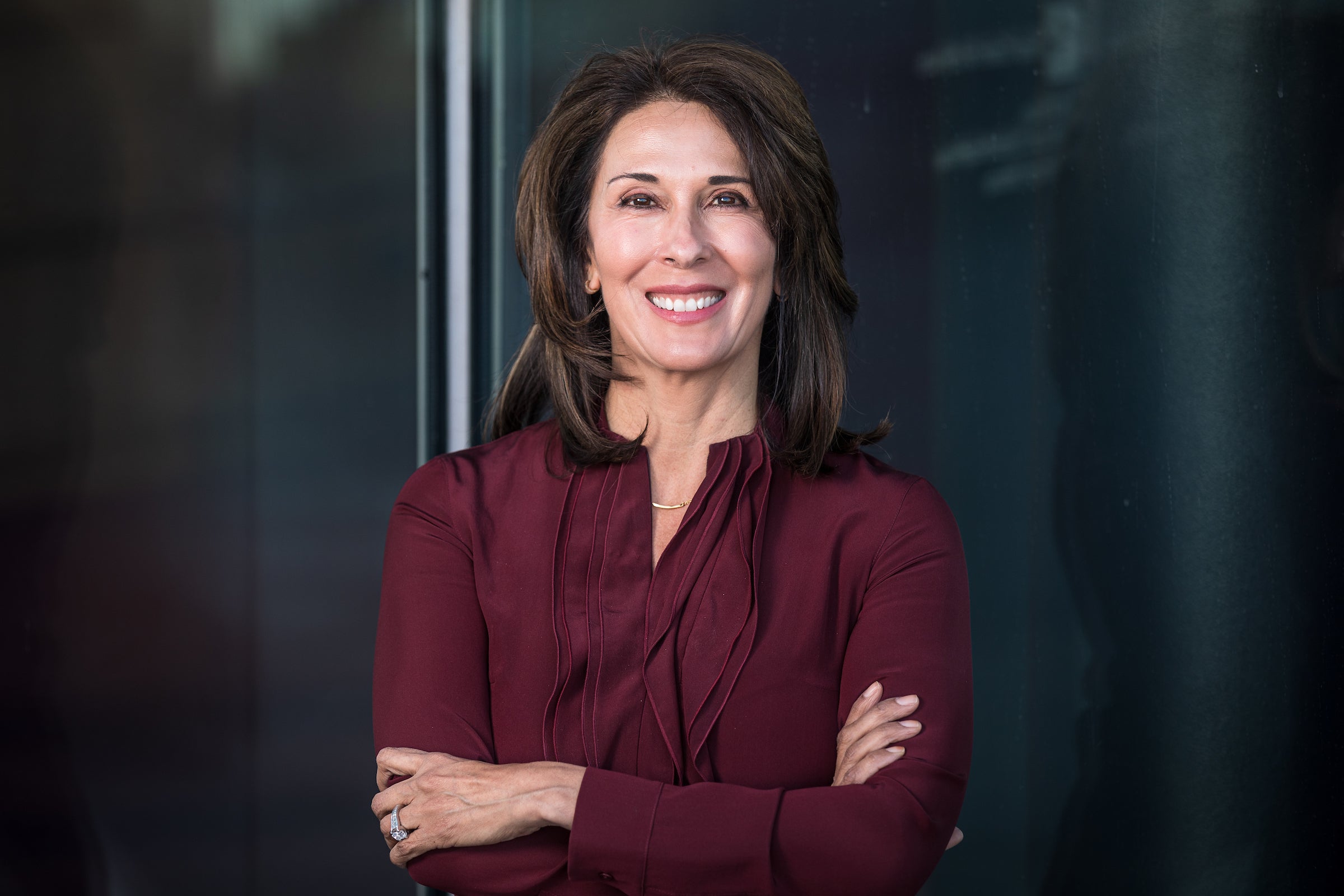Online degree programs have been improving access to higher education for years, but the massive switch during the pandemic highlighted the benefits of digital degree programs, according to several university administrators who spoke on a panel titled “The New Online Learning Imperative.”
Some institutions had to quickly pivot to providing classes online during the pandemic, but many, including Arizona State University, were able to instantly adapt thanks to robust online programs that already existed — including support services in addition to content.
“We like to think of the online experience as more than just the courses,” said Nancy Gonzales, executive vice president and university provost at ASU.
“The equally important components are the non-course touch points like admissions, enrollment, financial aid and coaching. All of those must be seamlessly integrated or students become frustrated with the system.”
ASU Provost Nancy Gonzales said that support services such as coaching are crucial for online students. She spoke at a webinar titled "The New Online Learning Imperative." Photo by Charlie Leight/ASU News
Gonzales spoke on a panel with three other experts in higher education online programs during the webinar, which was sponsored on Monday by U.S. News & World Report.
Jeff Borden, chief academic officer for D2L, a company that provides online learning platforms, said that many institutions’ switch to online learning during the pandemic didn’t start well.
“It was an emergency. They put a lot of video lectures online because it was important to get people through,” he said.
“For a long time, people would say, ‘I would never teach online,’ and students would say, ‘I would never take a course online,’ and suddenly, there they were. And it was, ‘I was told it was bad and sure enough, it’s bad.’
“But then there were those 10 to 15 % who said, ‘I like this and I can do this.’"
Caroline Levander, vice president for global and digital strategy at Rice University, said her institution had experimented with non-credit online courses and offered a few online master’s degrees, but had to move quickly in March 2020.
“When the pandemic hit, it was a provocation as well as a demand for innovation,” Levander said.
Rice had to create a massive training program for its faculty to make the switch to remote learning for small seminars and large lectures.
Gonzales said that faculty training is critical for effective online learning.
“Most of the time faculty who are new to online have neither taught nor taken an online course. We match them with trained instructional designers and they take a two-week master class in online teaching and learning,” she said.
Both administrators said that many faculty members are integrating online teaching techniques to improve the experience for in-person courses.
“We’re moving toward a time when you’ll see online mixed with in-person mixed with synchronous remote,” Gonzales said, noting that some of ASU’s online science courses require in-person labs.
"... We’re trying to make the online experience as equivalent as possible to the on-campus experience."
— ASU Provost Nancy Gonzales
Levander said that faculty at Rice especially liked how students were more likely to ask questions in a chat function than in person – a feature that could be used in face-to-face classes.
“For a lot of faculty, the power of the chat was an eye-opening moment,” she said.
“To get students comfortable asking questions in a chat is helpful in knowing where they are.”
The administrators said that the availability of online degrees opens the pathway for many more people. Don Kilburn, CEO of UMass Online, said that more than 30 million people in the U.S. have some college credits but no degree.
“If they are able to complete their degrees, it would increase their chances of job advancement,” he said. “And with robotics and AI, people need to be reskilled, so it’s not just about degrees but also stackable credentials.”
Gonzales said that online degrees increase the options for people who can’t move to a campus.
“Sometimes people choose community college because they are place-bound and don’t want to move to be co-located at a large university,” she said.
ASU has created a strong transfer program to smooth the way for a four-year degree, she said.
“We’ve been very focused on a universal articulation model, and we have developed the MyPath2ASU transfer tool that students can use to seamlessly track their progress in community college and see how it transfers to any degree at ASU.
“Working with community colleges across the country, we have evaluated over a million courses and how those courses would transfer to an online or immersive degree at ASU.”
Rice has seen a greater diversity among students in the online master’s degree programs compared with residential students, Levander said.
“Also, with online summer school, which we started three years ago, we are seeing a positive impact of students making more timely progress toward a degree. And the ability to take an affordable Rice online course in the summer is improving mental health and wellness during the academic year,” she said.
“It’s taking pressure off those two semesters and the number of credits that students are taking. We’re seeing benefits for our students across all sectors.”
With half of its 150,000 students pursuing a fully online degree, ASU has found that digital learners are different than immersive students, Gonzales said.
“They are going to move through their education in a different way – that’s why they chose it,” she said.
“They won’t necessarily attend continuously. They might take a course or two and then step out for a term and then jump back in. We’ve been trying to understand the cadence of attendance.
“We think time to a degree will be longer, and we need to be attentive to what they need along the way. So we’re trying to make the online experience as equivalent as possible to the on-campus experience.”
ASU Online students have many student organizations, including a student government group.
“And we have a big effort on how we provide lab experiences and experiential learning,” she said.
“We take student success seriously for the unique circumstances of this population.”
Top image courtesy of Pexels.com
More Arts, humanities and education

Different ways of thinking, different ways of thriving: How ASU is supporting students with autism
According to the CDC, over 5.4 million adults in the U.S. are living with autism spectrum disorder, a condition that affects how individuals interact with others, learn and process information.…

Forever sewn in history
The historical significance of Black influence on fashion spans centuries. From the prints and styles of Africa to various American political climates, Black fashion has sealed its impact on the…

The Poitier Film School hosts Emmy-winning ‘Shōgun’ costume designer Carlos Rosario in LA
The Emmy and Golden Globe award-winning blockbuster FX series “Shōgun” doesn’t just have audiences in its thrall, but the creators who brought it to life, as well.“When the show came out, it just…

